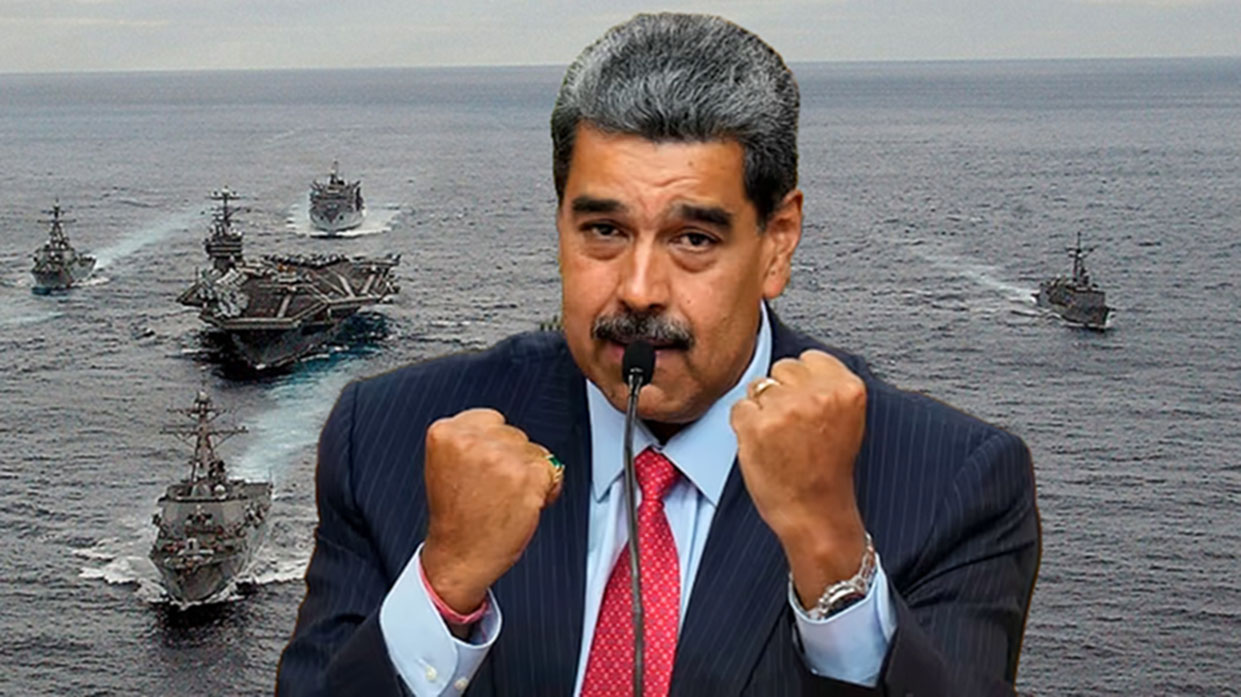ne morning’s tremor reverberates from Russia’s Far East to California’s coast
By 3 Narratives News | July 30, 2025
“We saw the water pull back from the shoreline—then it slammed into the harbor like a freight train.”
— Yelena Petrovna, Severo-Kurilsk
The Morning the Sea Changed
On July 29, 2025, a massive magnitude 8.8 earthquake struck near the Kuril Islands off Russia’s eastern coast. Shallow in depth and close to the Kamchatka subduction zone, the tremor triggered tsunami warnings across the Pacific—from Japan to Hawaii, and all the way to the U.S. West Coast.
The Science: Why This Quake Mattered
Megathrust earthquakes like this one occur when tectonic plates lock together, then release, shifting the seafloor vertically and displacing vast volumes of seawater. It’s that vertical motion that creates tsunamis. The Kuril–Kamchatka Trench is one of the most active subduction zones on Earth.
Russia’s Far East saw waves of up to 5 meters. Japan recorded surges of 1.3 meters in Hokkaido, and Hawaii and the U.S. West Coast were placed under advisories as wave activity increased, though no major flooding occurred.
Preparedness vs. Panic
Emergency systems functioned largely as designed. Japan’s Meteorological Agency and the U.S. National Tsunami Warning Center issued alerts within minutes. Hawaii’s Governor activated state-wide evacuation plans. Fox News, among others, aired immediate warnings urging people to evacuate coastal zones.
Yet not all coverage was proportional. As wave models were updated, many tsunami warnings were downgraded. Some questioned whether early alarmist media fueled unnecessary fear.
Real Impact in Overlooked Places
In Severo-Kurilsk, a fishing community near the epicenter, a kindergarten was inundated and homes damaged. Surgeons at a local clinic reportedly completed a procedure as the building swayed. Infrastructure held—but just barely.
Remote Indigenous communities in Alaska and the Pacific Islands received warnings later or lacked capacity to evacuate efficiently, exposing persistent inequities in global disaster readiness.
Nature’s Echo
Following the quake, Klyuchevskaya Sopka, one of Russia’s most active volcanoes, began to erupt. Experts believe the quake may have disturbed the magma chamber beneath it. Meanwhile, sea lions were seen fleeing coastal islands just before the waves reached shore—a rare convergence of instinct and science.
Key Takeaways
- The July 29 quake was one of the largest in Russia since 1952.
- Tsunamis affected the Kurils, Japan, Hawaii, and California with varied severity.
- Warning systems activated quickly but media coverage drew criticism for amplifying fear.
- Remote and marginalized communities remain disproportionately at risk.
- Volcanic activity followed the quake, illustrating tectonic chain reactions.
FAQs
What caused the tsunami threat?
The quake displaced the seafloor, pushing water upward and outward. This displacement launched tsunami waves across the Pacific.
Was the U.S. West Coast in danger?
Warnings were precautionary. Coastal California saw modest wave activity and stronger currents, but no major damage was reported.
How did Japan and Russia respond?
Both countries deployed emergency teams immediately. Japan activated over 1,000 shelters, while Russia issued island-wide evacuations.
Why did some warnings get downgraded?
Initial models often err on the side of caution. As data improved, wave height projections were reduced, leading to downgraded alerts.
Is this related to other Pacific quakes?
Not directly. The Pacific “Ring of Fire” is a connected system, but each quake has distinct local causes. This one occurred on the Kuril-Kamchatka Trench.


